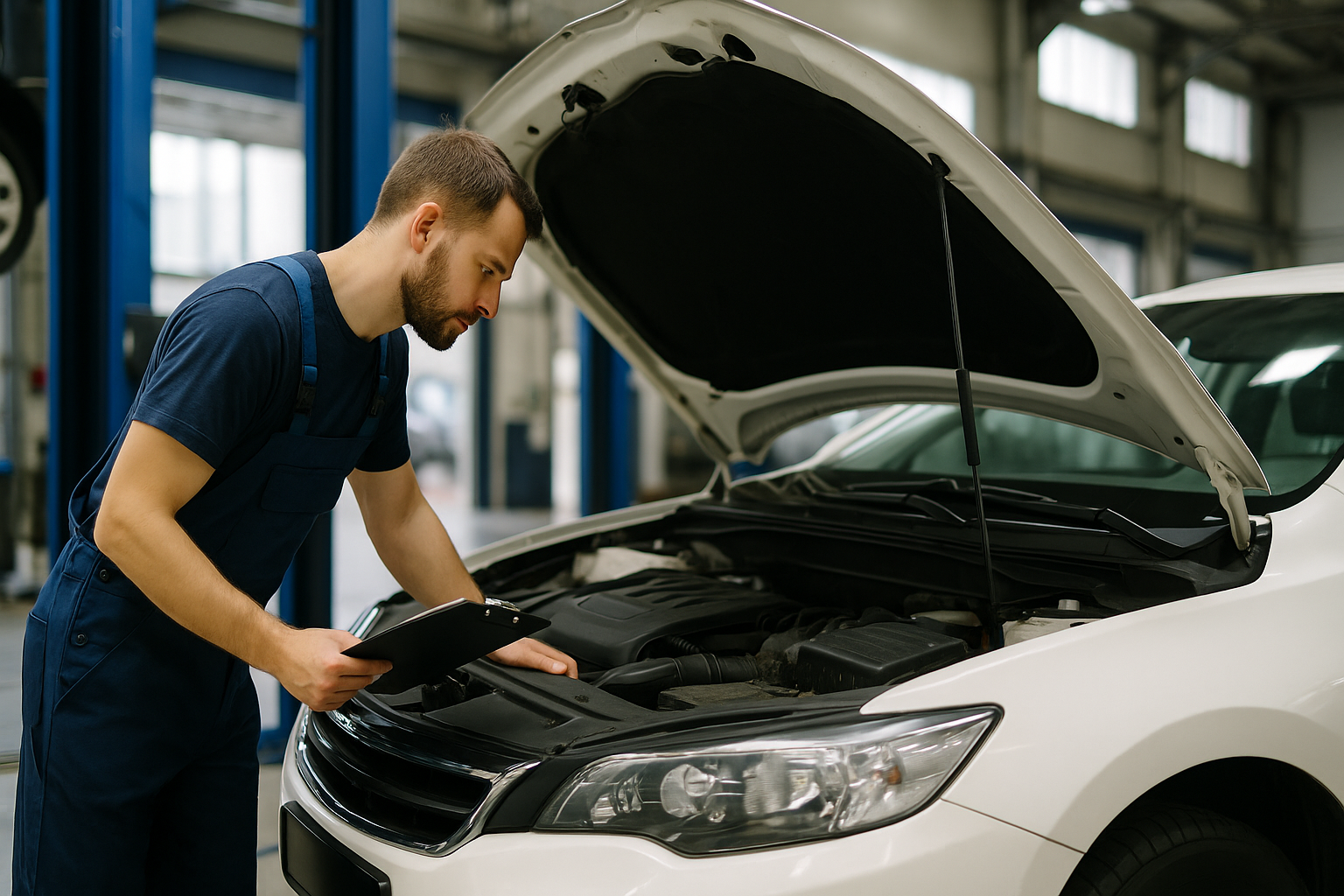Keeping your car in safe, roadworthy condition often means complying with vehicle inspection mandates at both the federal and state level. While there is no single nationwide inspection program, many states enforce periodic emissions and safety checks to reduce pollution and prevent mechanical failures. This guide will explain the basics of state inspection laws, highlight common safety inspection items, and offer tips on staying compliant regardless of where you live.
1. Federal vs. State Roles
The federal government, through the Environmental Protection Agency (EPA) and the National Highway Traffic Safety Administration (NHTSA), sets broad standards but does not inspect every vehicle. Instead:
- EPA Emissions Standards: Require manufacturers to certify that new vehicles meet emissions limits (Tier 2, Tier 3).
- NHTSA Safety Standards: Mandate design and equipment criteria (seat belts, airbags, lighting).
- Individual states implement inspection programs to verify ongoing compliance in used vehicles.
2. Types of State Inspection Programs
Most states fall into one of three categories:
2.1 Safety-Only Inspections
States like Texas and Virginia require annual or biennial checks of brakes, steering, tires, lights, windshield wipers, horn, and other components to ensure safe operation.
2.2 Emissions-Only Inspections
Regions with air-quality concerns (e.g., California’s Bay Area, New York City, and parts of Colorado) mandate periodic tailpipe and OBD-II tests to verify compliance with state emissions limits.
2.3 Combined Safety & Emissions Inspections
In states such as Pennsylvania and Illinois, vehicles must pass both safety and emissions tests—often at the same station—typically once per year.
3. Common Safety Inspection Items
Although requirements vary, most safety inspections include:
- Brake System: Pad thickness, rotor condition, parking brake function.
- Steering & Suspension: Play in steering components, shocks/struts, tie rods.
- Lights & Signals: Headlights, turn signals, brake lights, reverse lights.
- Tires & Wheels: Tread depth (minimum 2/32″), sidewall damage, lug nut torque.
- Windshield & Wipers: Cracks in driver’s view, wiper operation, fluid reservoir.
- Horn & Mirrors: Functionality and correct placement of side and rearview mirrors.
4. Common Emissions Inspection Items
Emissions tests may include:
- OBD-II Scan: Checks for stored diagnostic trouble codes related to emissions control components.
- Tailpipe Test: Measures concentrations of hydrocarbons (HC), carbon monoxide (CO), and NOₓ at idle and, in some states, under simulated driving conditions.
- Visual Inspection: Verifies the presence and condition of catalytic converters, gas caps, and EVAP system components.
5. Who Must Get Inspected and When
Inspection frequency and covered vehicles depend on state law:
- New Vehicles: Exempt for the first one to two years in most states.
- Passenger Cars & Light Trucks: Typically annual or biennial inspections, though some low-usage or antique vehicles may be exempt.
- Diesel & Heavy-Duty Vehicles: Often subject to stricter emissions standards and more frequent checks.
6. Penalties for Non-Compliance
Failing to obtain a required inspection can lead to:
- Fines or citations when registering your vehicle or during a traffic stop.
- Registration renewal holds or denial of plates.
- Potential safety hazards if defects go uncorrected.
7. Tips for a Smooth Inspection
- Pre-Check at Home: Inspect lights, fluids, and tire tread before heading to the station.
- Service Before Testing: Address worn brakes, faulty sensors, and dead bulbs early.
- Find Certified Stations: Use state DMV resources to locate authorized testers.
- Keep Records: Retain inspection certificates to prove compliance during renewals or resale.
Conclusion
Understanding your state’s vehicle inspection requirements—from state inspection laws to the specifics of safety inspection and emissions testing—helps you stay legal and safe on the road. By knowing what to expect, preparing your car in advance, and following up on any required repairs, you can breeze through inspections and keep your vehicle in top condition year after year.

Leave a Reply